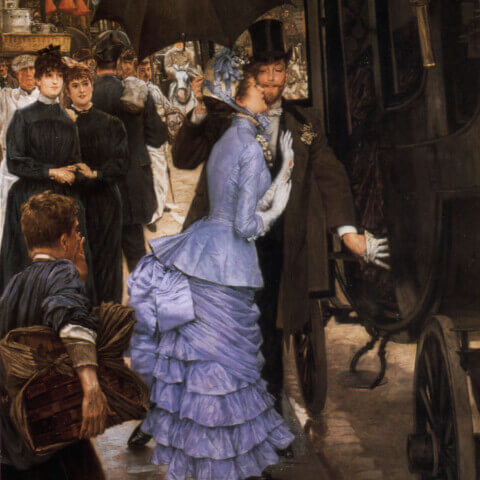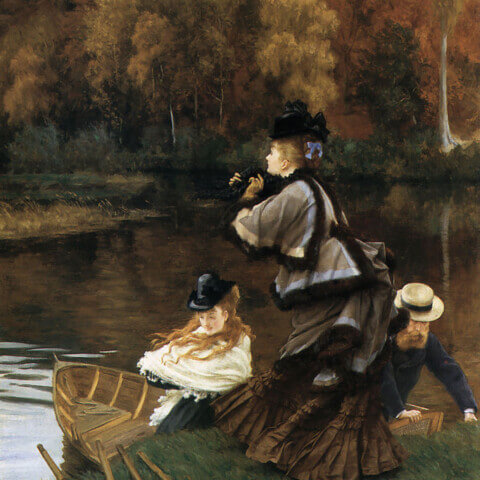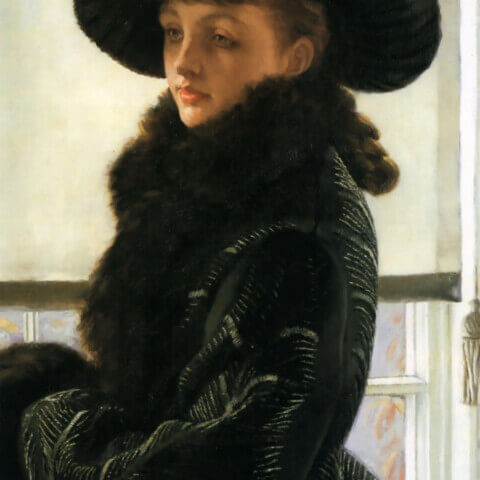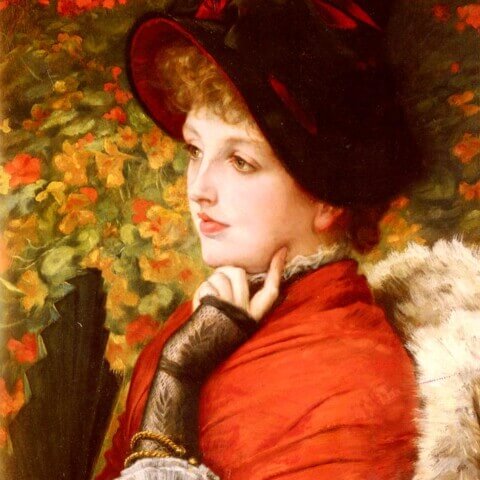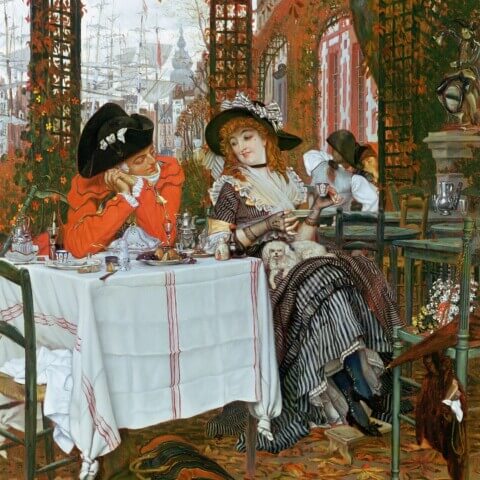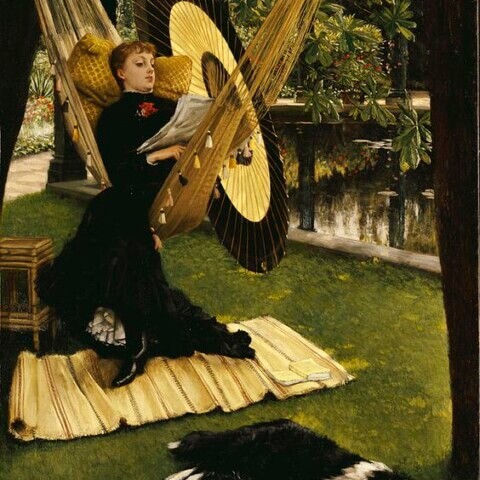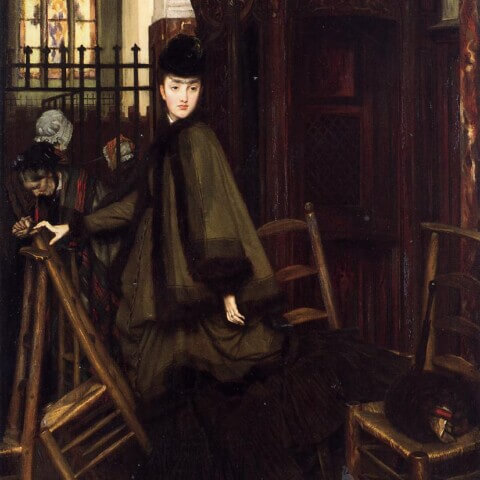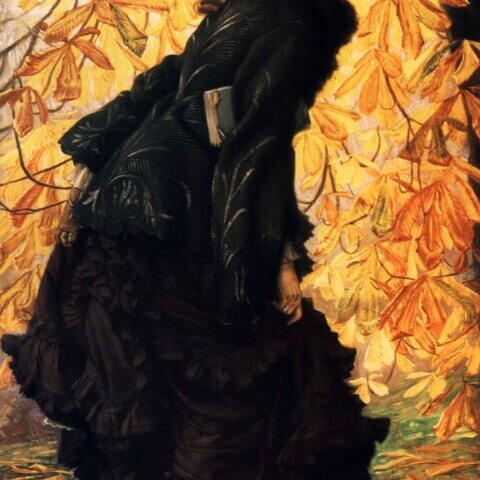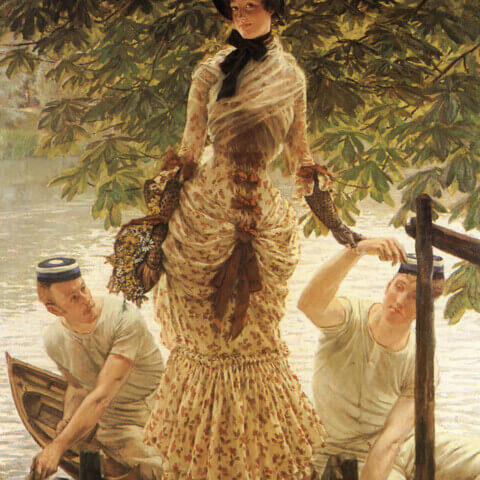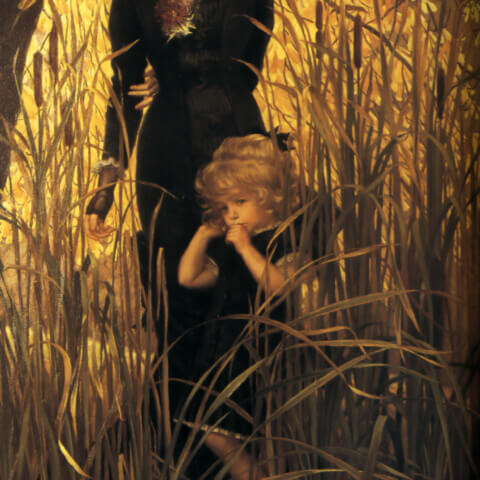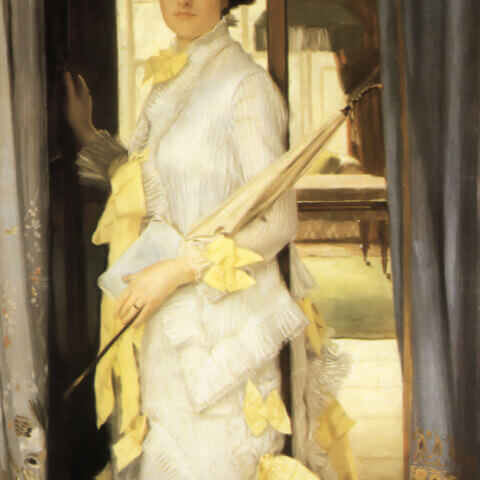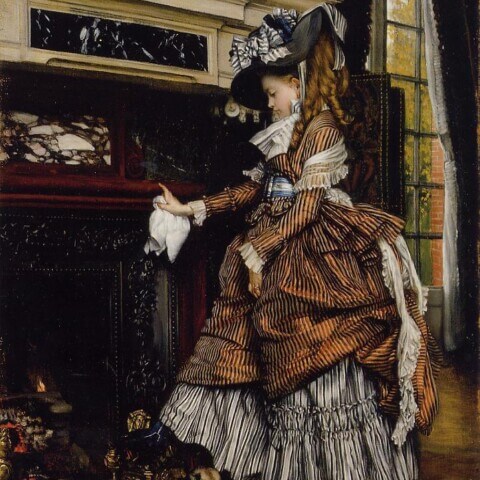James Jacques Joseph Tissot
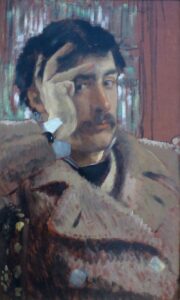
James Jacques Joseph Tissot (1836–1902) was a French artist known for his genre paintings that encapsulated the nuances of the late 19th-century society. Tissot was born on October 15, 1836, in Nantes, France, and developed an interest in art from a young age.
Initially trained by the Jesuits, Tissot moved to Paris at the age of 19 to pursue his passion for art. He enrolled at the École des Beaux-Arts in 1856, studying under the influential artists Hippolyte Flandrin and Louis Lamothe, both former students of the French Neoclassic artist Jean Auguste Dominique Ingres.
Tissot’s early works were heavily influenced by the Rococo style, often depicting the elegant society of the time in a rather romantic manner. However, as his style evolved, it increasingly echoed the realist sentiments of the time, reflecting the intricate detailing of the Pre-Raphaelite movement.
In the early 1870s, after the Franco-Prussian War, Tissot moved to London, where he successfully established himself in high society. His vivid and detailed portrayals of the fashionable world and the charm of Victorian women were popular among English audiences. He excelled in creating intimate scenes of social life, often revealing the complexities and contradictions of Victorian society.
His life took a turn after the death of his young mistress and muse, Kathleen Newton, in 1882. Profoundly affected by this loss, Tissot returned to Paris and his work began to take a distinctly religious turn. He dedicated the next decade of his life to creating a series of large-scale paintings on biblical themes, including the ambitious series ‘The Life of Christ’.
James Tissot died on August 8, 1902, in Doubs, France. His legacy is marked by his unique blend of Realist and Impressionist styles. His capacity to capture the spirit and ethos of the 19th-century society makes him one of the most fascinating painters of his time. His works are held in many major museums worldwide, including the Metropolitan Museum of Art in New York, the Musée d’Orsay in Paris, and the Tate in London.
- 1
- 2

